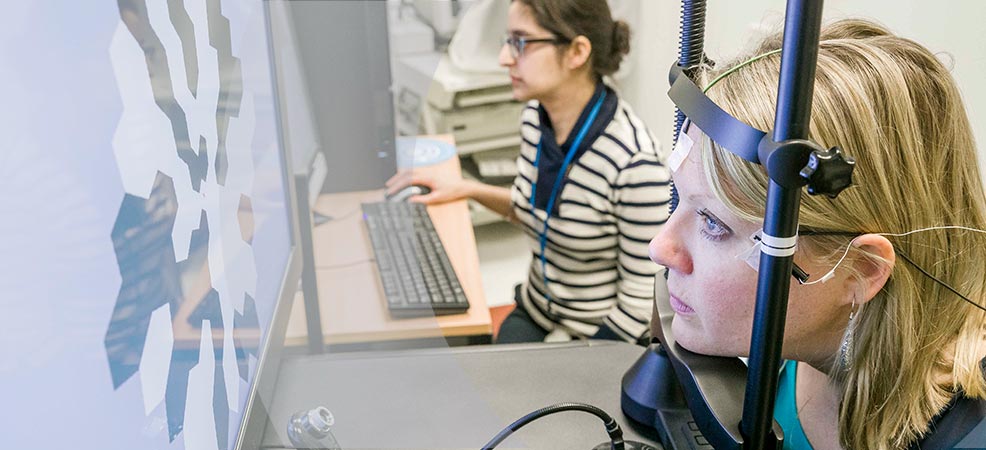Inherited sight loss is caused by spelling mistakes in the genetic instructions used to build essential components of the retina and visual system. These faulty genes cause the retinal cells to be abnormal in their structure or function. Some of the treatment options currently being studied rely on addressing the underlying genetic fault while others aim to either protect the retina from further damage, boost remaining function or replace faulty tissue with healthy cells.
Current gene and stem cell therapies are in early phase clinical trials for a small number of conditions. The aim of these studies is to determine the relative safety of these novel therapies and indicate any potential benefit for vision. Further studies will be needed, but the current trials will provide important insights that will help design even better therapies and expand the range of conditions they can be applied to.

